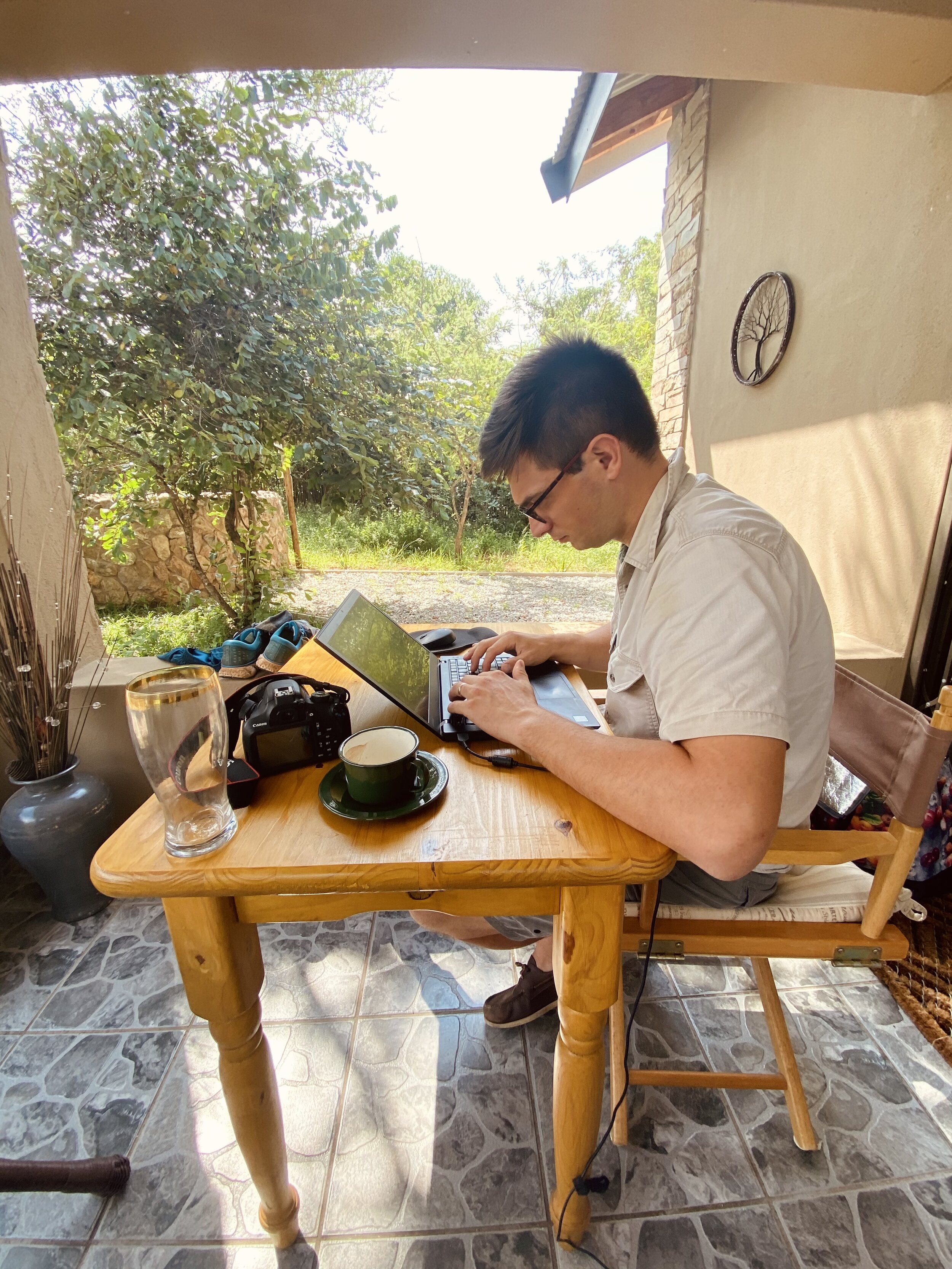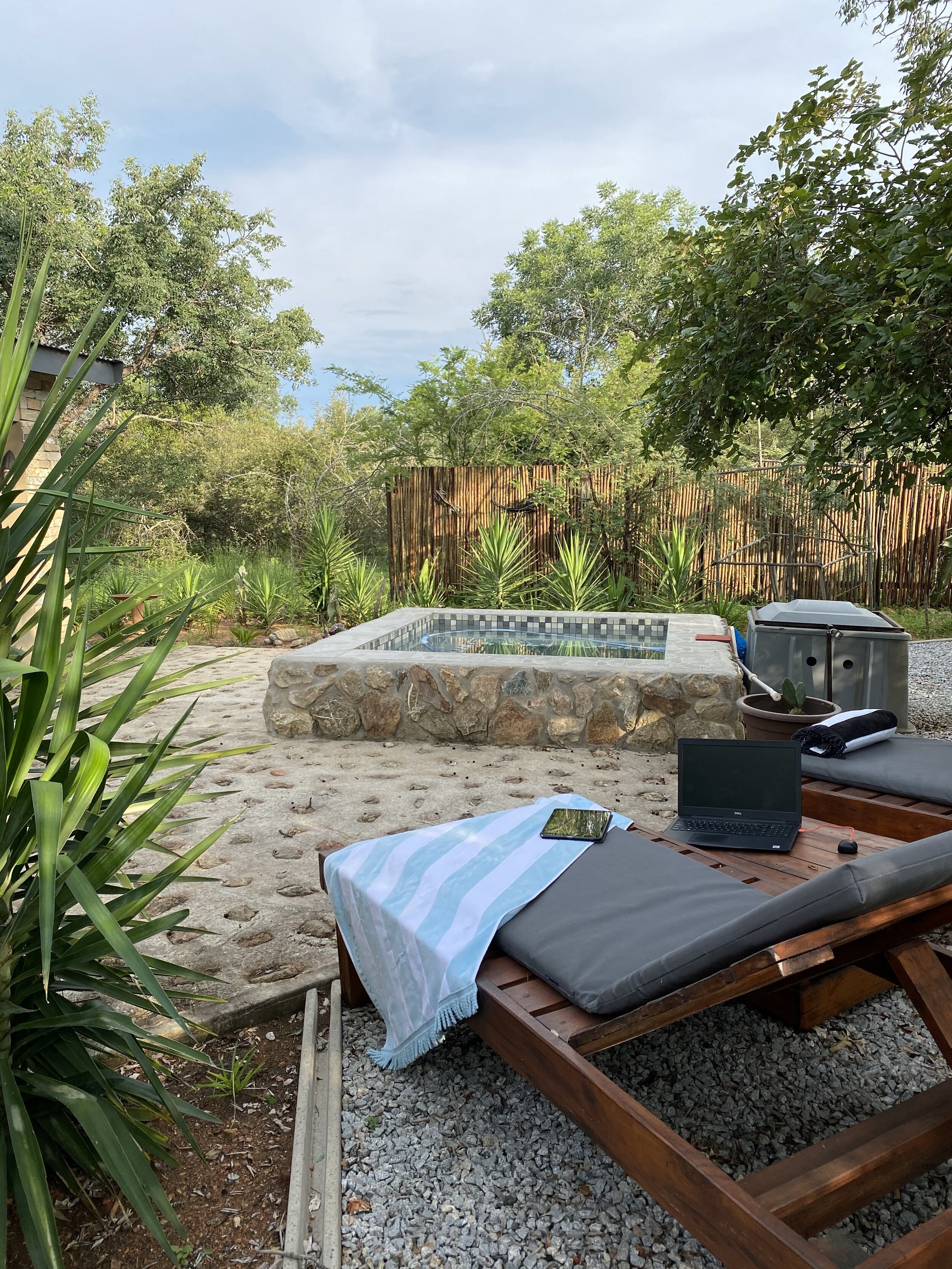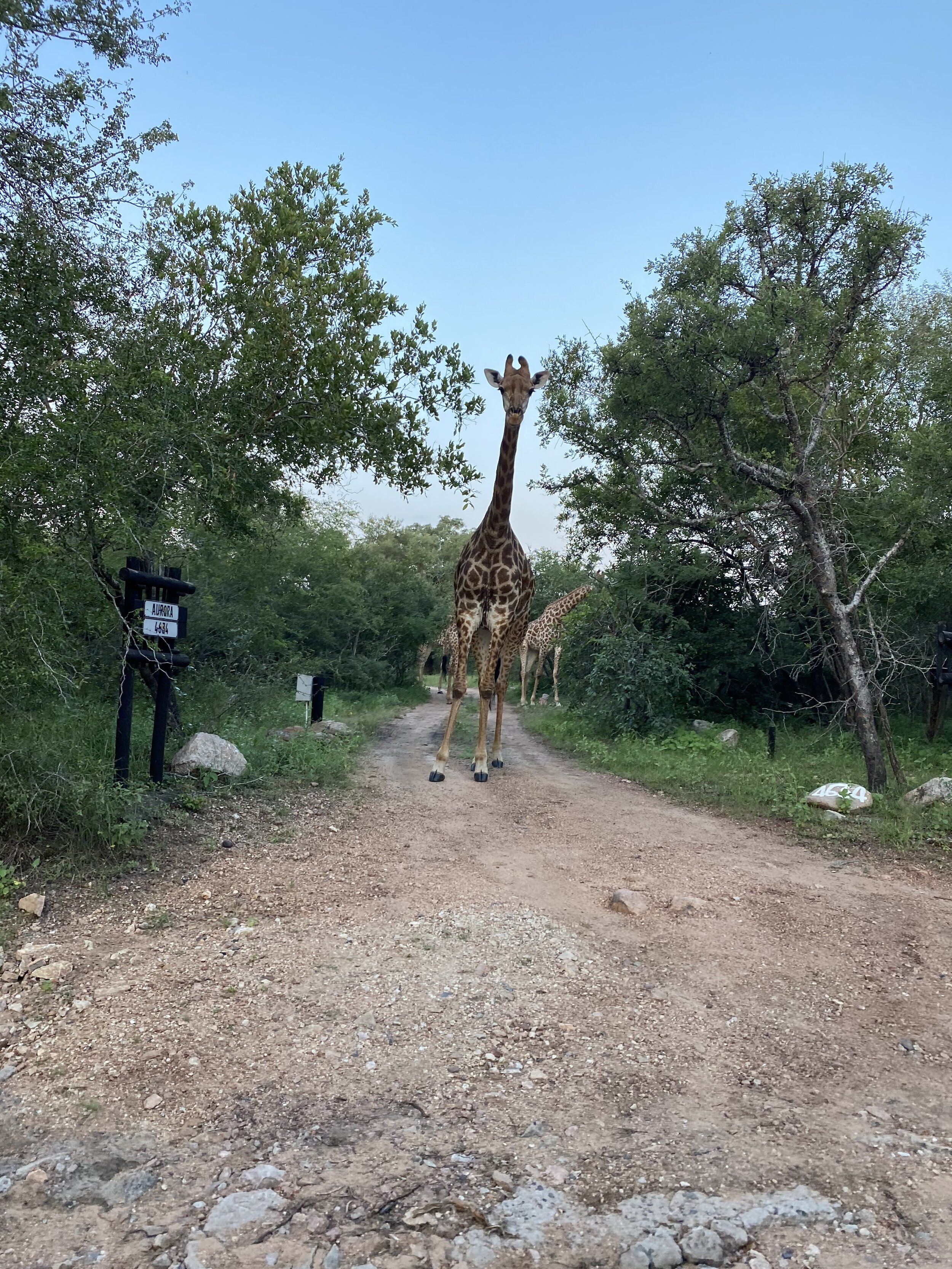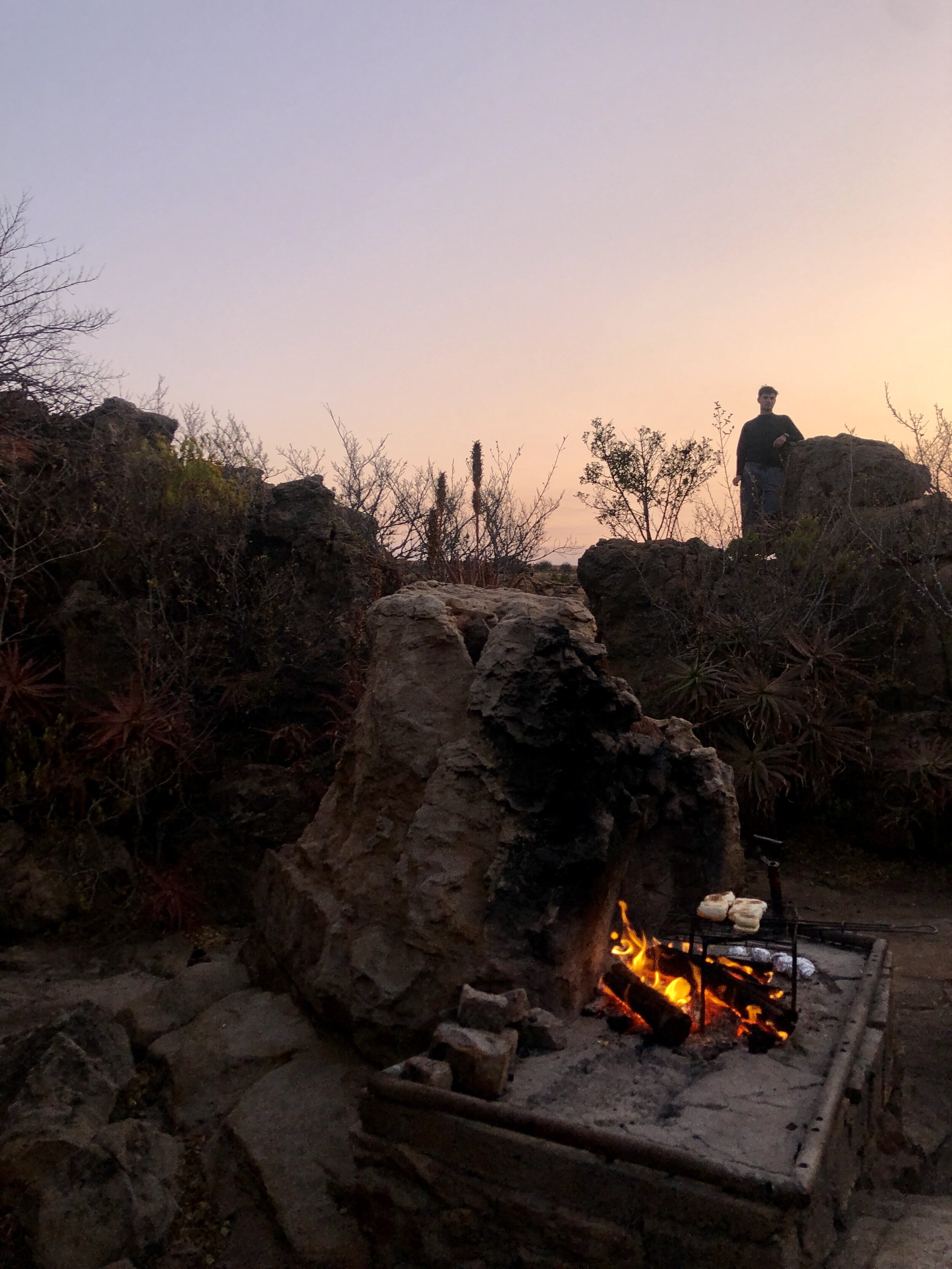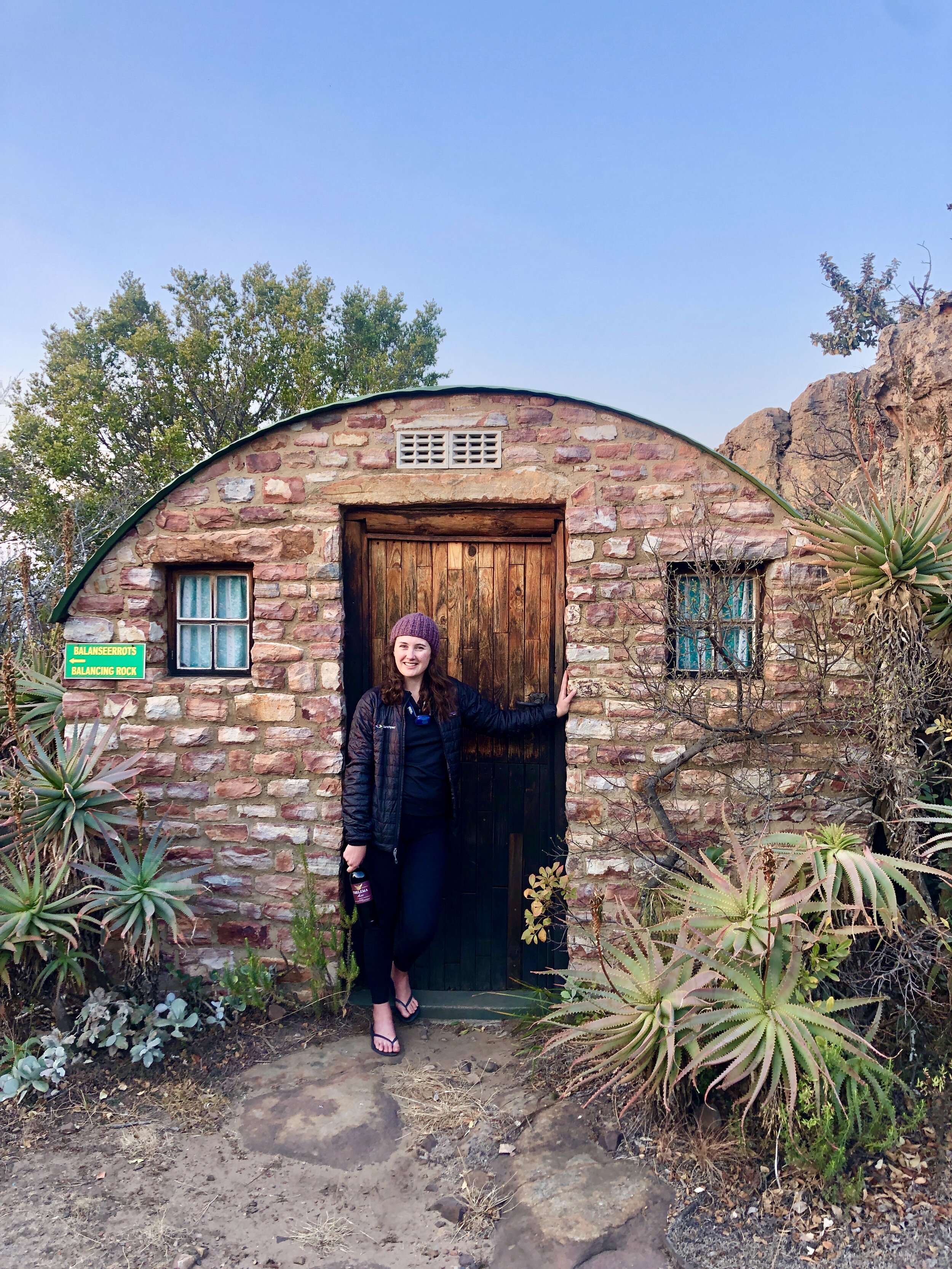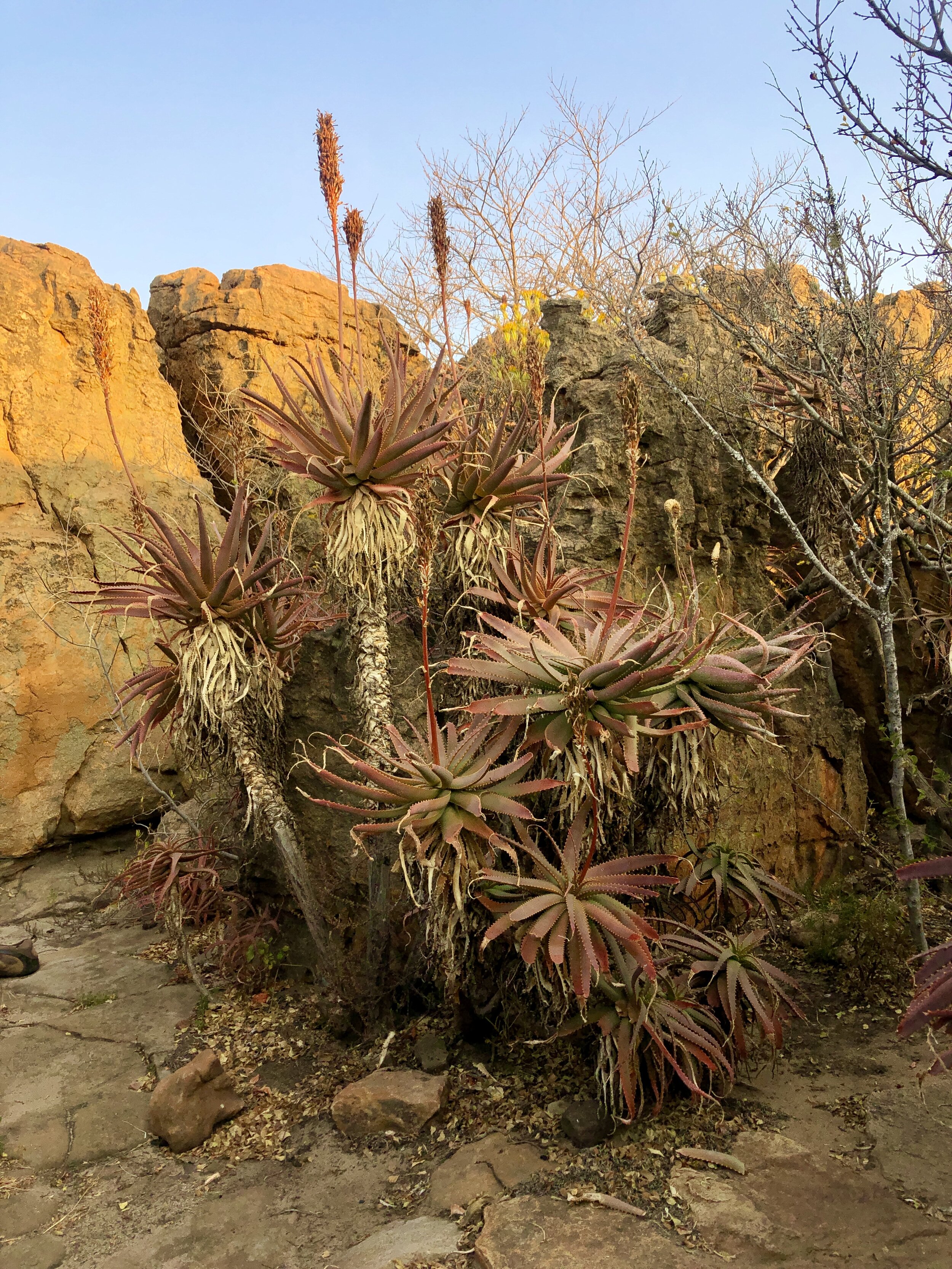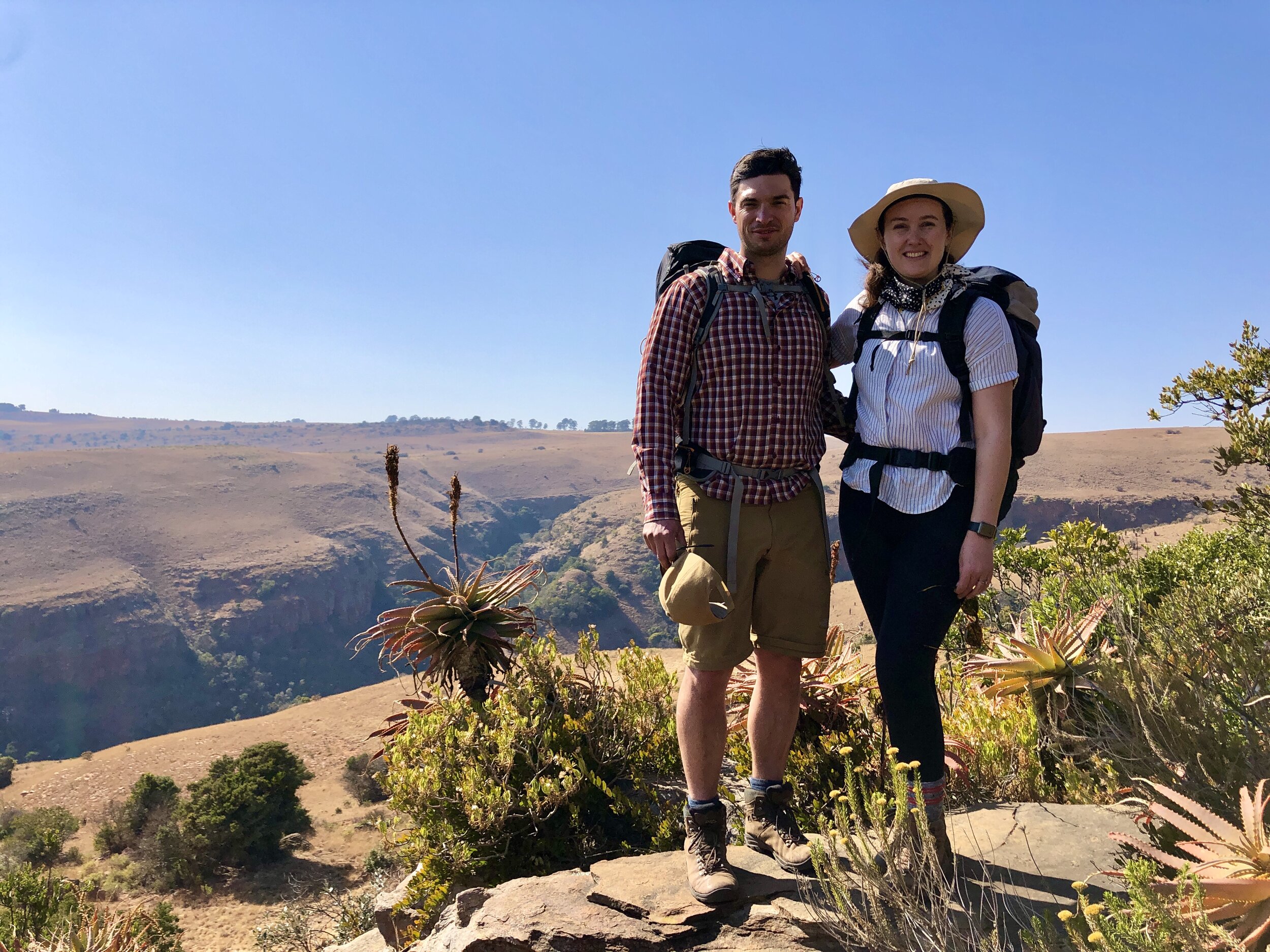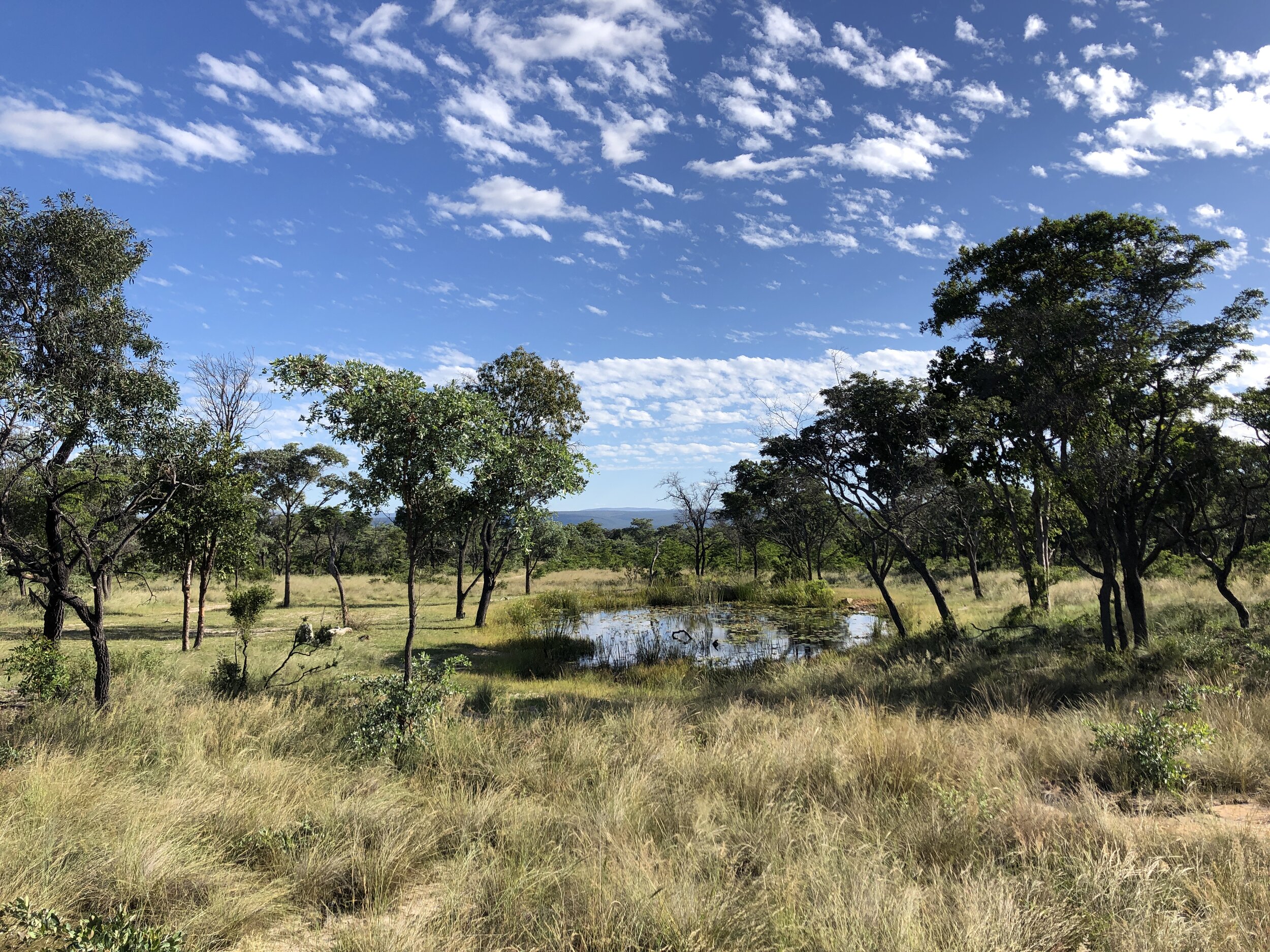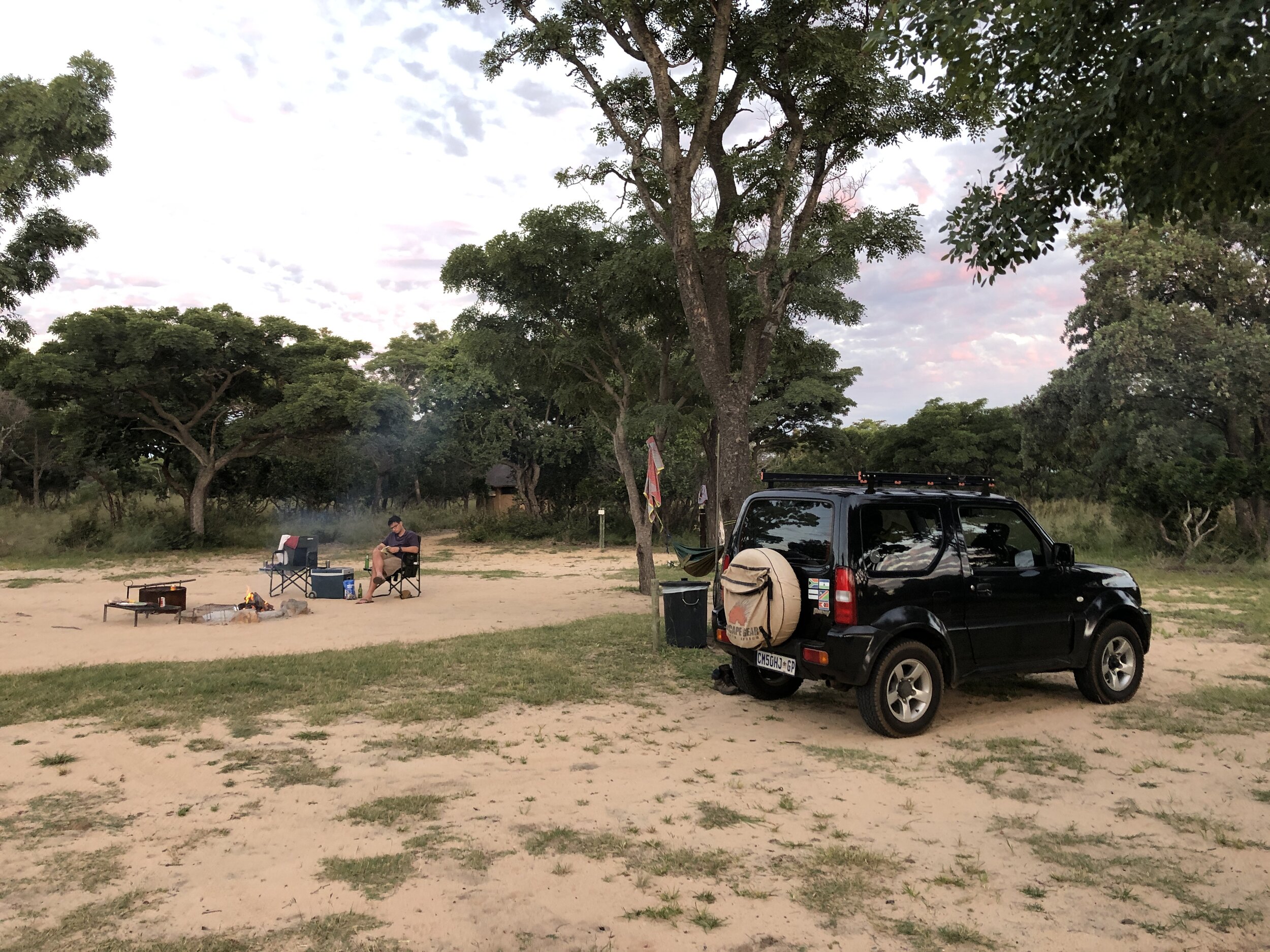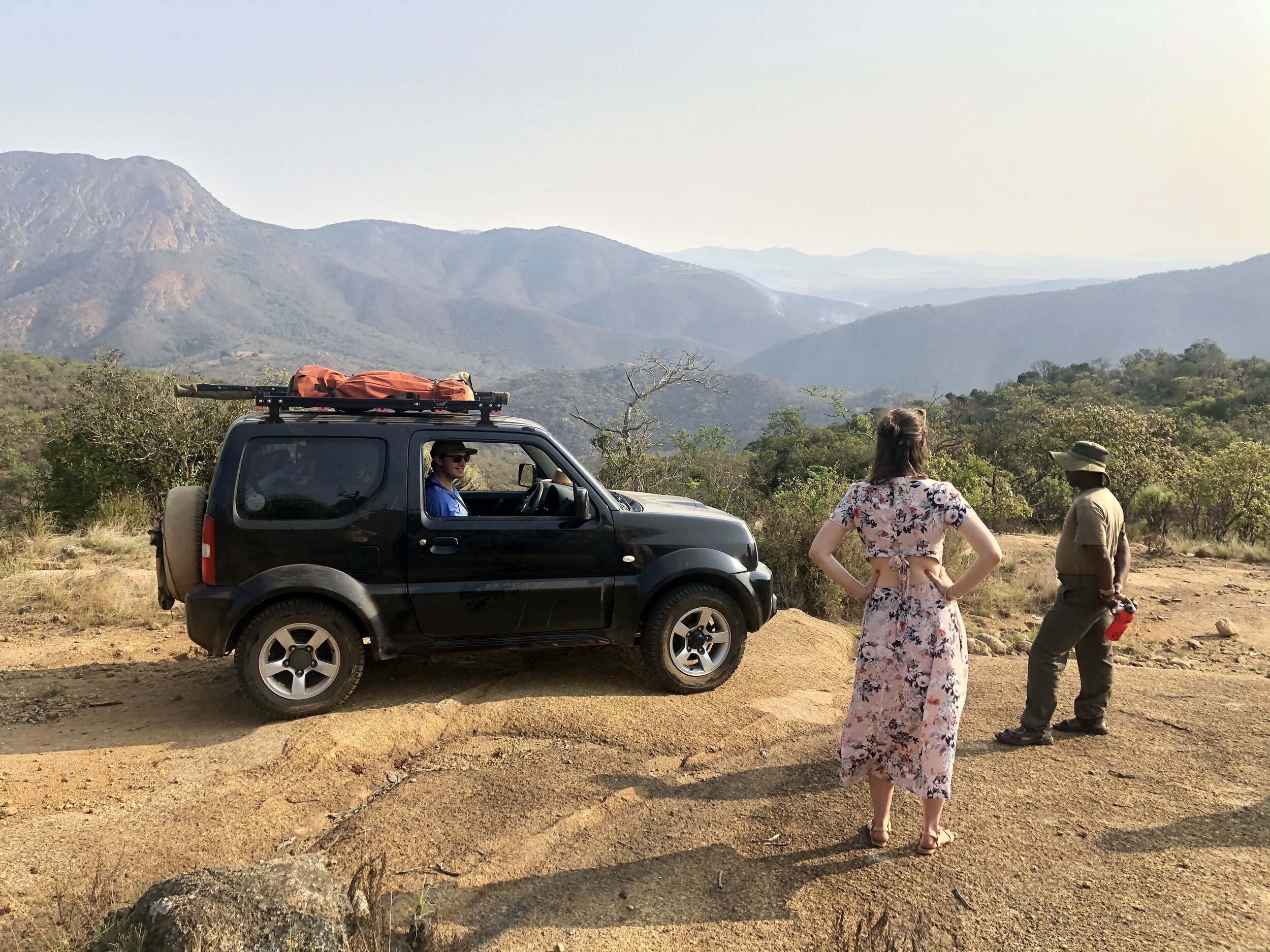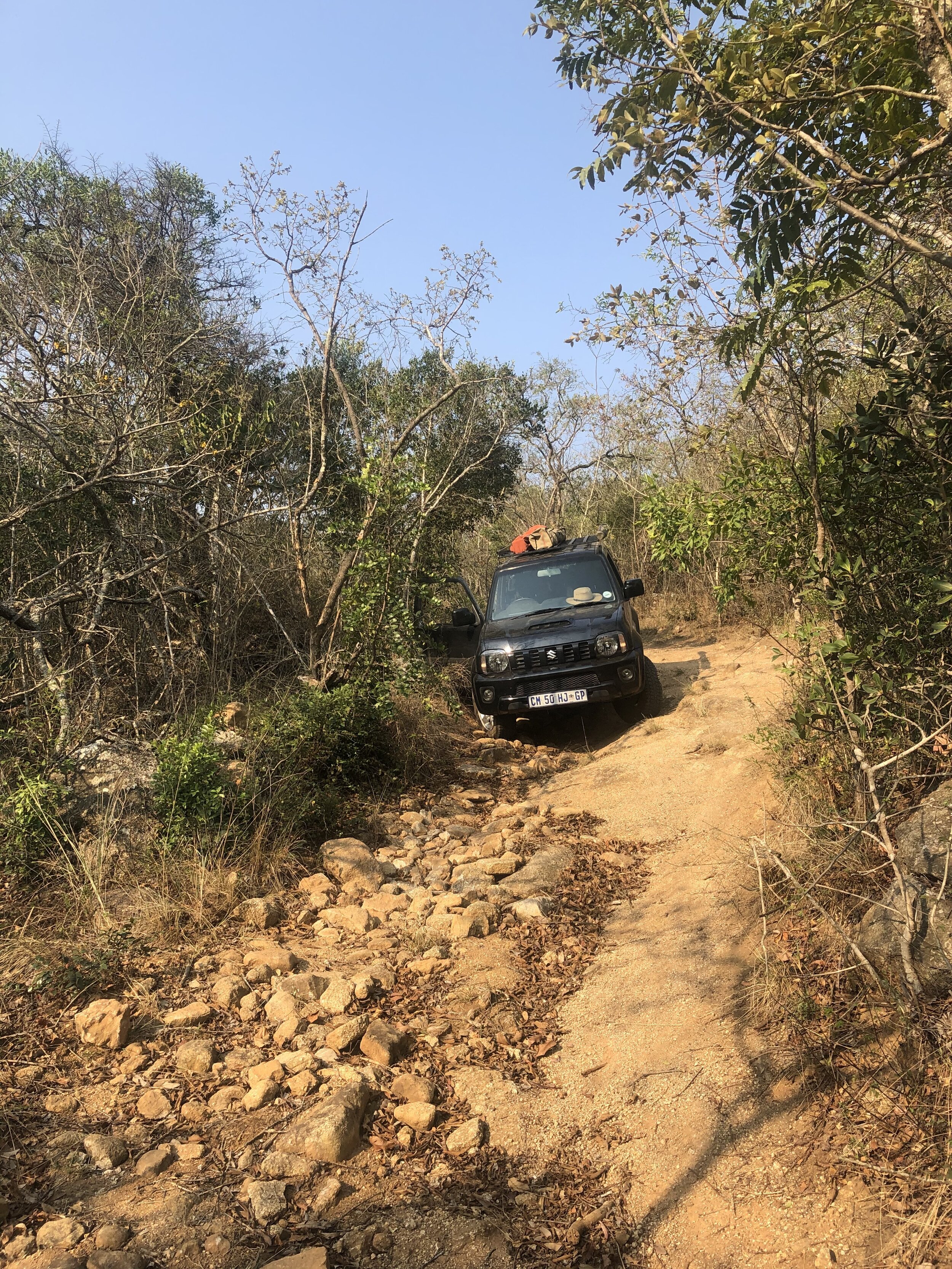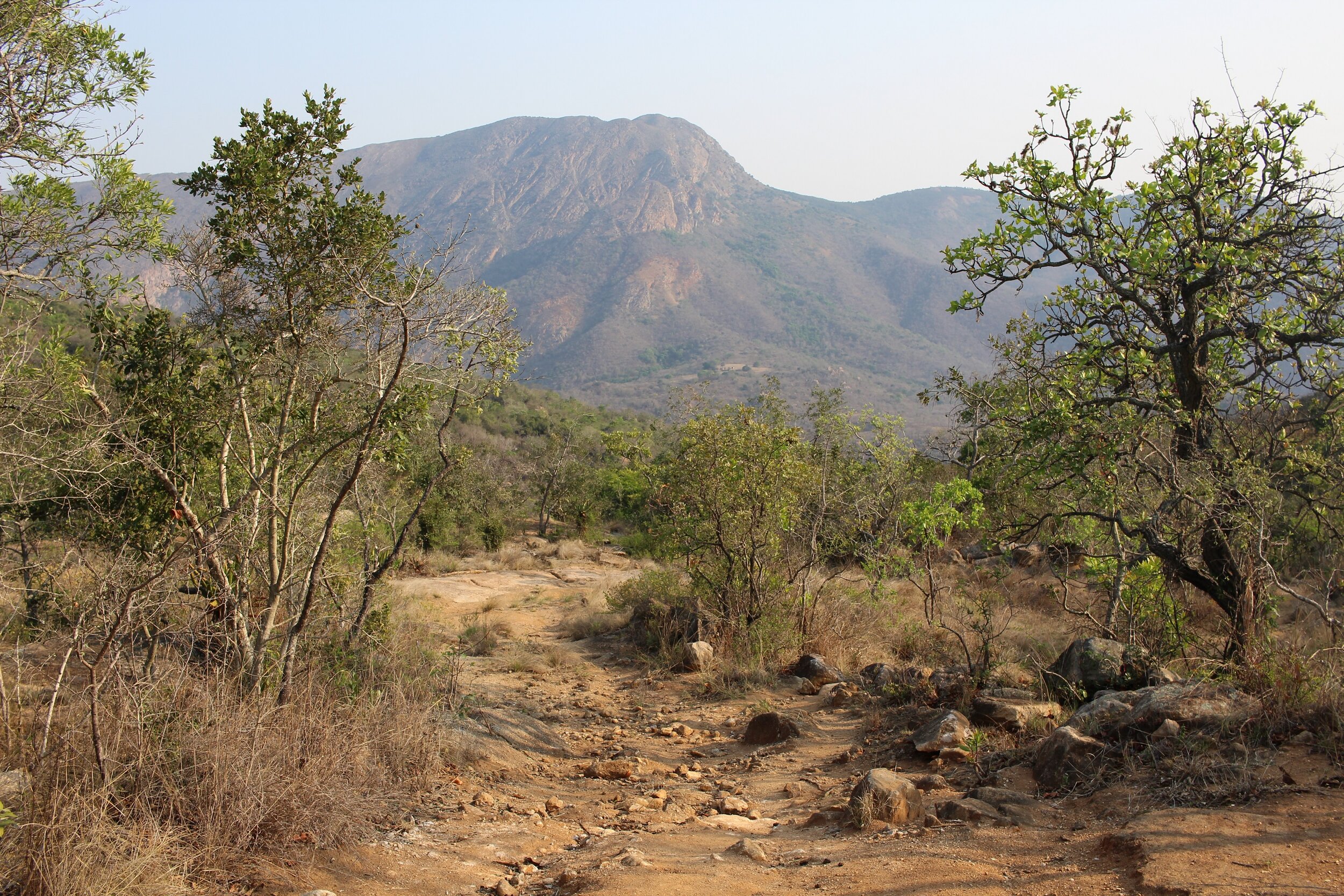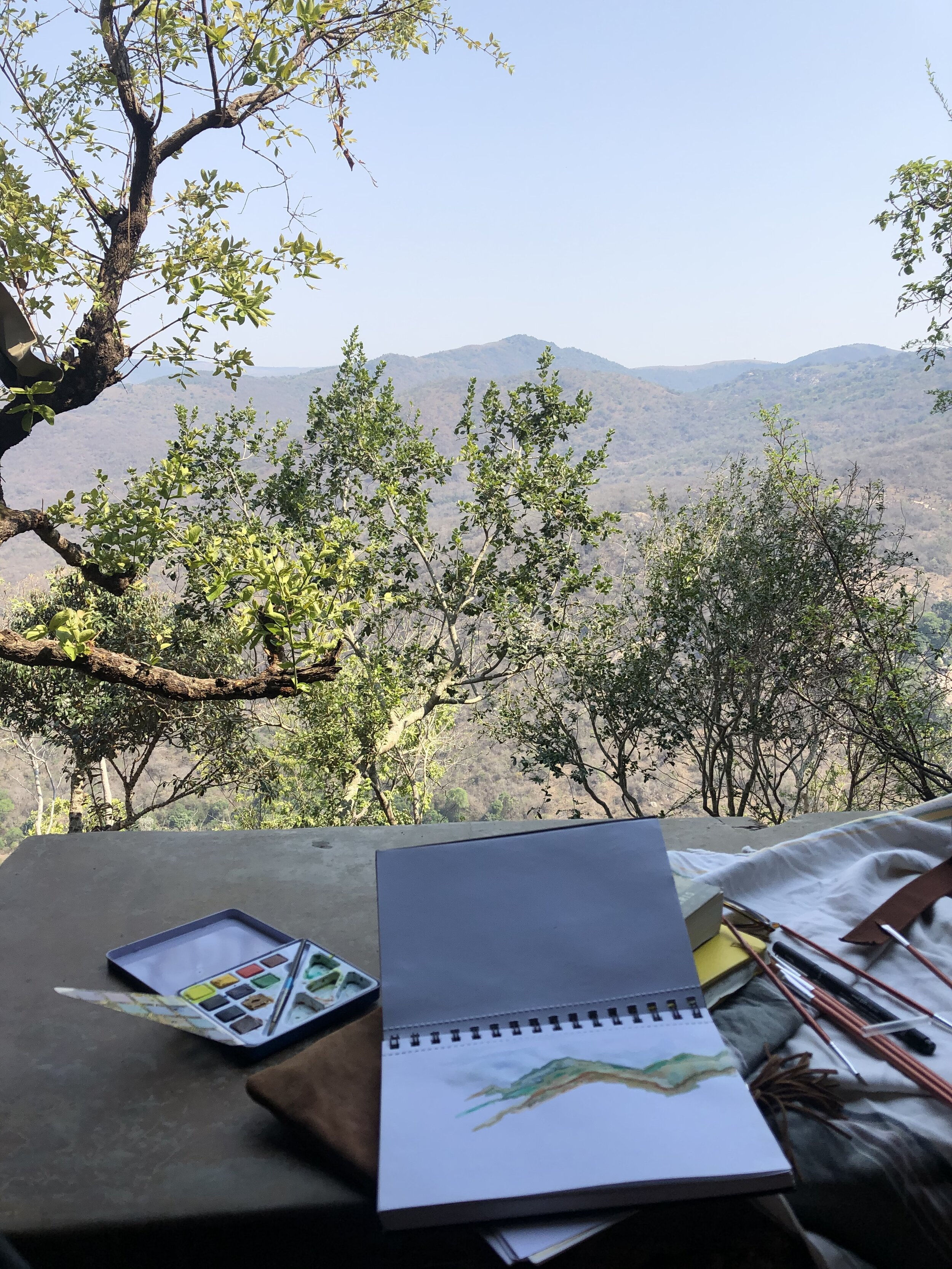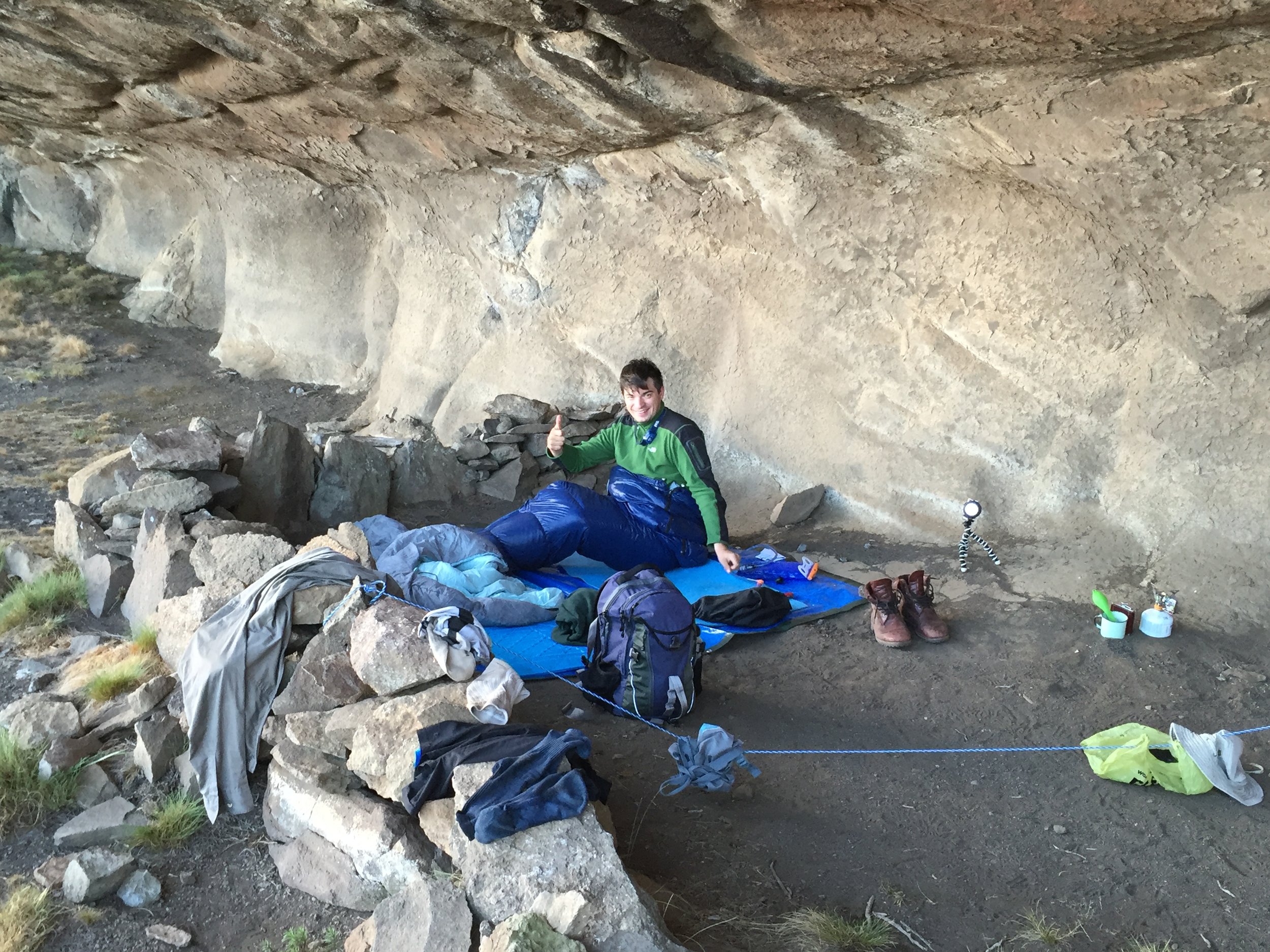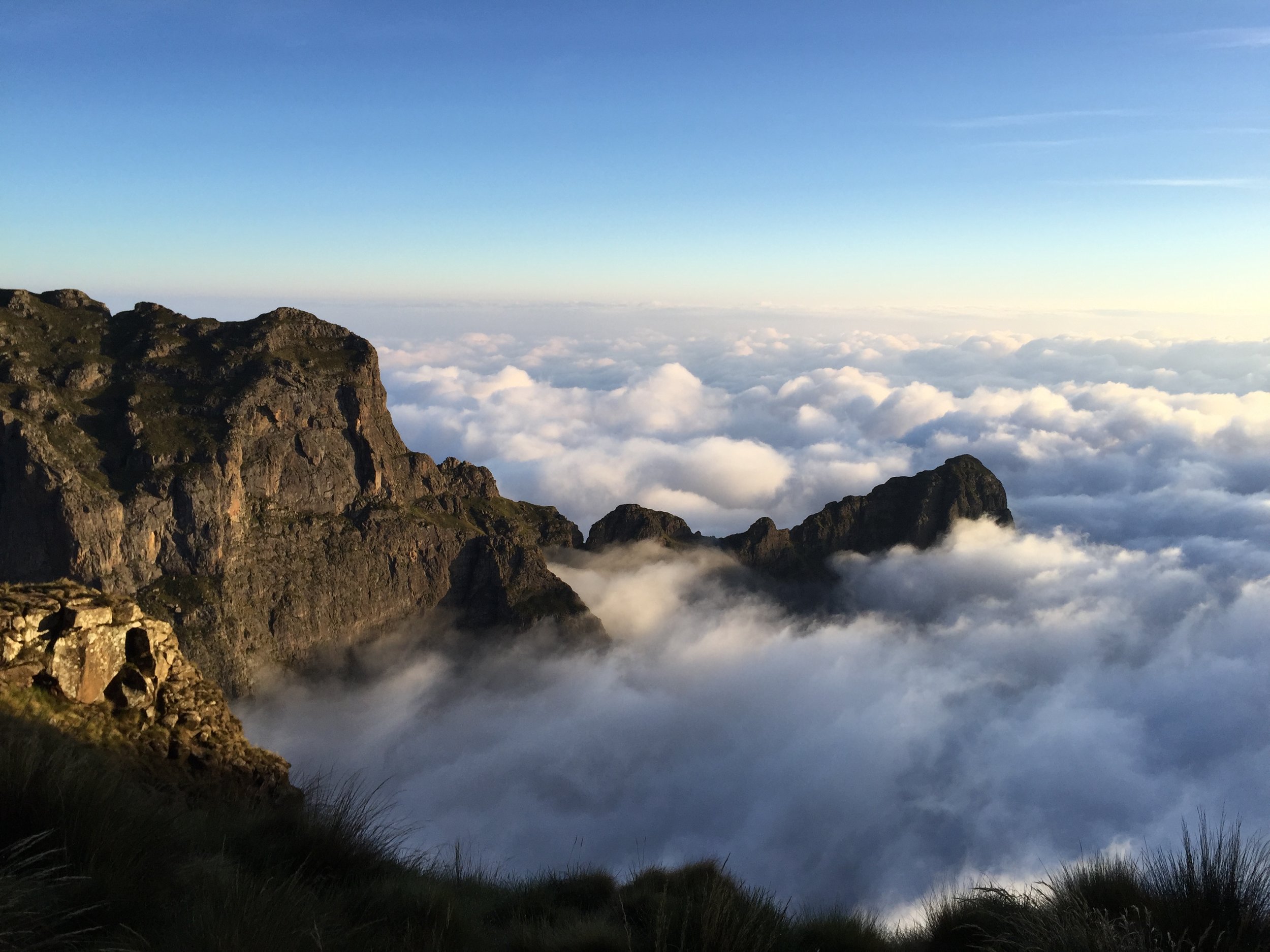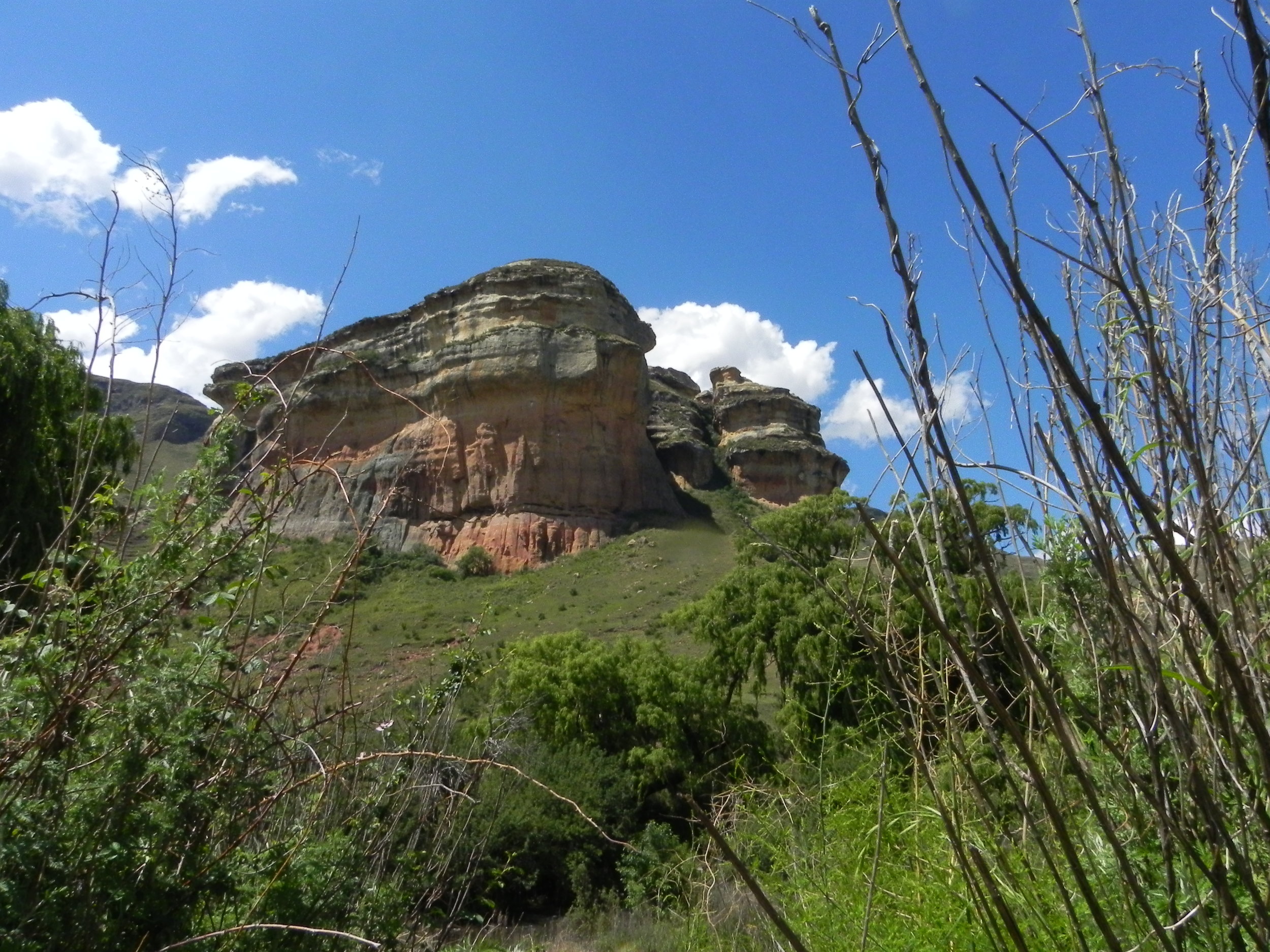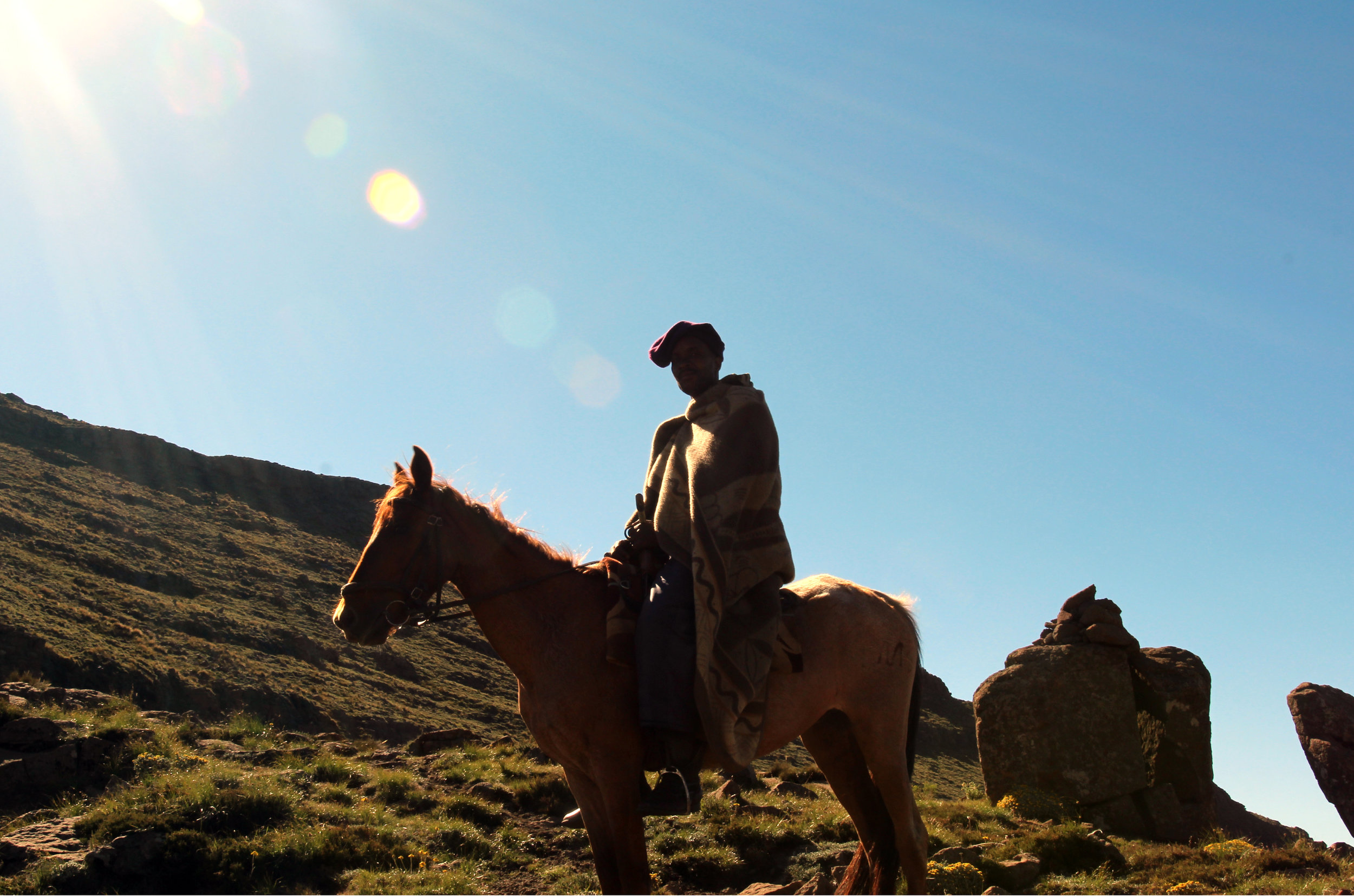The trick to camping with kids? Low expectations
Drongo campsite at Matamba
Last weekend we took our 5 month old twin boys camping. This raised a few eyebrows from our friends, family and followers but it was something we’d planned for a while.
When Kate was pregnant we promised each other that we’d go camping before they were four months old. We were worried that if we didn’t do it early we’d get nervous and keep putting it off.
Four months came and it was still a bit cool for camping and we’d had a couple rough weeks of sleep. So we put it off for a month. With the weather warming up recently we booked a night at Matamba Bush Camp which is a three hour drive from Johannesburg.
Here’s how we made our first camping trip with our boys a success.
We went somewhere we knew
This was our third visit to Matamba Bush Camp. It’s one of our favourite camping spots outside of Johannesburg. The campsites are private and well spaced out. They have some of the best camping bathrooms we’ve ever seen and there’s water and electricity in the campsites.
This gave us confidence. We knew what to expect and could plan well. It would have been a much harder trip if we were going somewhere new.
We had low expectations
We spent our last trips to Matamba Bush Camp napping, reading, hiking and swimming. We didn’t expect this trip to be the same - or even relaxing. We went into it hoping it wouldn’t be too hard, we’d have fun and we’d want to do it again.
Having babies is hard. Camping with babies is hard! The boys didn’t sleep through the night. They got bored on the drive. They cried and struggled a bit with the heat. But overall it was positive and we’re looking forward to our next trip.
We did it for one night
You can do anything for one night. We left home on Saturday morning and spent exactly 24 hours at the campsite. This meant we had to pack less stuff for the boys and if it got really hard we knew we were going home in the morning!










